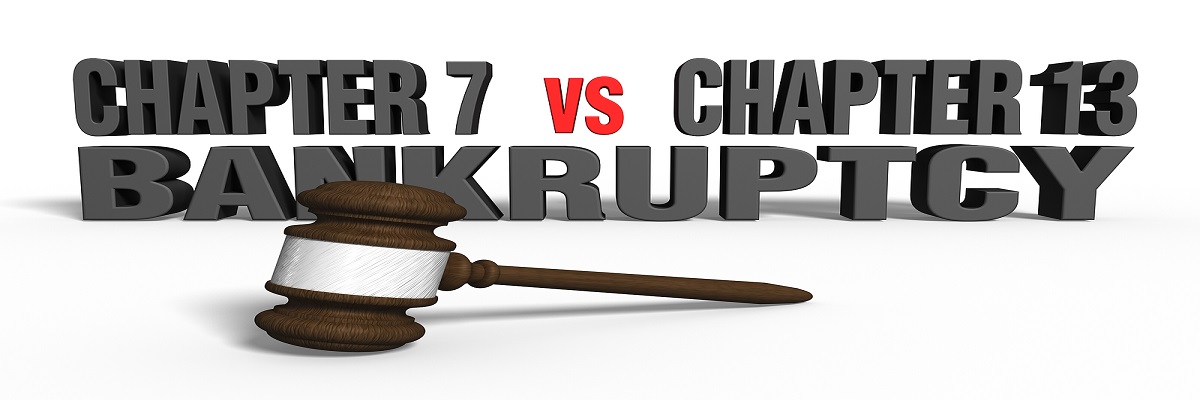Call: 888-297-6203
Individuals struggling with debts have the option of filing for bankruptcy under Chapter 7 or chapter 13. To know more about bankruptcy discharge in Los Angeles and the difference between the two chapters, call 888-297-6203.
Chapter 7 bankruptcy
Also known as liquidation bankruptcy, Chapter 7 can be filed by individuals and business entities whose disposable income is less than the state’s median income. Chapter 7 bankruptcy allows you to keep home equity through homestead exemption, insurance, ERISA-qualified retirement plans, personal property up to a specified dollar amount, and public benefits like social security and unemployment benefits.
This type of bankruptcy usually takes 3 to 4 months for a bankruptcy discharge. Any non-exempt property the bankruptcy filer has is sold by the bankruptcy trustee to pay the creditors. The unsecured junior liens are not stripped, but the principal loan balance of secured debts can be reduced in this case. While this chapter allows debtors to quickly get a discharge allowing them to get a fresh financial start quickly, they end up losing their non-exempt property. Moreover, there is no provision to catch up on missed payments or prevent repossession or foreclosure.
Chapter 13 bankruptcy
This bankruptcy chapter is known as a reorganization bankruptcy. It can be used by individuals or sole proprietors to get rid of their debts. To be eligible for this type of bankruptcy, you cannot have more than $419,275 of unsecured debts and $1,257,850 of secured debts. Usually, the repayment plan lasts for 3 to 5 years. Here the debtors can keep all their property. You can even keep your non-exempt property, but you need to continue making monthly payments for three- to five years. Still, they need to pay their unsecured creditors an amount equivalent to the value of non-exempt assets. Lien stripping is possible in this bankruptcy chapter. Filers also benefit from cramdown to reduce their principal loan balance on secured debts.
In addition, this bankruptcy chapter allows you to catch up on missed mortgage or car payments and non-dischargeable priority debts. Chapter 13 filers must pay their bankruptcy filing fee and priority debts (child and spousal support, tax debts) in full. In addition, if you choose to keep your home or car, you need to pay 100% of the arrearage amount for these secured debts. You can pay anything between 0-100% of the amount owed for unsecured nonpriority debts, depending on your disposable income.
How do bankruptcy chapters work?
When you file for bankruptcy, an automatic stay is enforced, ensuring that creditors cannot collect anything from you. Chapter 7 bankruptcy discharges all qualifying debts, including medical bills, credit card balances, and personal loans. While you can protect most of the household belongings, the bankruptcy trustee sells all your non-exempt property to repay your unsecured creditors. Federal and state exemptions can be used to protect your property. However, the state exemption laws vary from one state to another. Chapter 7 bankruptcy works well for people with low income and limited assets.
People who fail to qualify for Chapter 7 bankruptcy can file under chapter 13. This chapter is also preferred by people who are behind on mortgage and wish to keep their house. You can catch up on past due payments and repay non-dischargeable debts like alimony and child support through your chapter 13 repayment plan. The reorganization bankruptcy allows people with regular income to pay a portion of their debts every month. The repayment amount depends on your earnings, the type of debt, and the amount of property you own.

